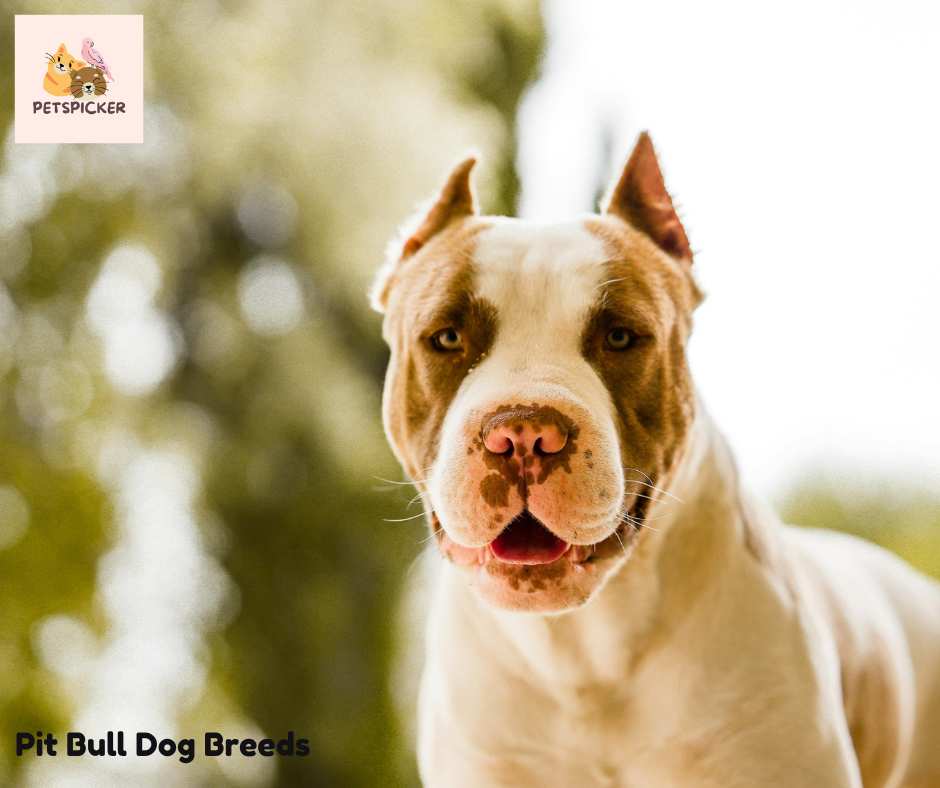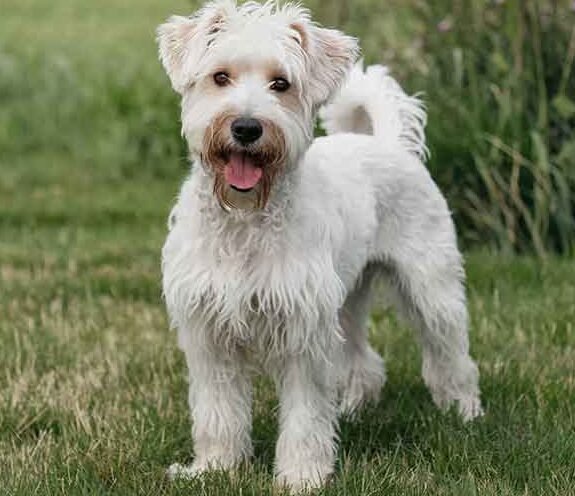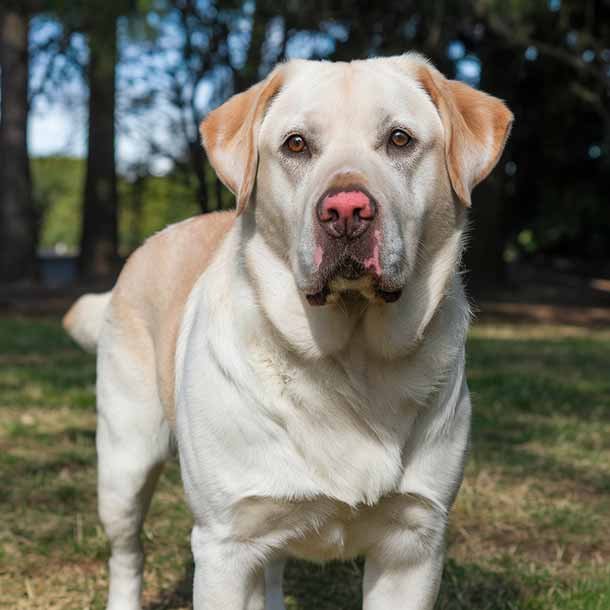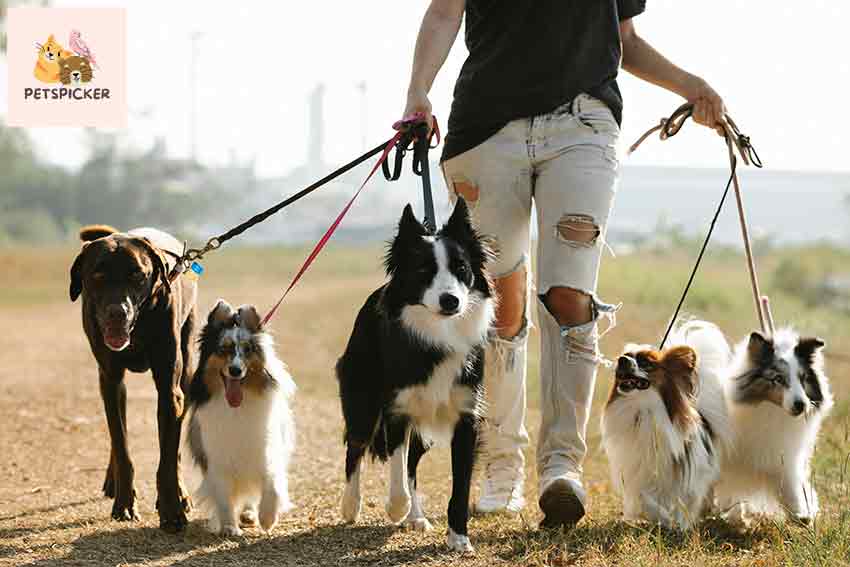Despite common confusion and different appearances, pit bulls are a breed noted for their loyalty, intelligence, and devotion. To accurately identify these breeds, you must first learn their shared attributes and distinguishing characteristics and dispel any negative assumptions and misunderstandings.
Understanding Pit Bull Characteristics
Physical Traits
Generally, pit bulls have strong muscles, wide chests, and sharp jawlines. They can be covered in different coat colors including single or brindle patterns. Recognizing this set of physical characteristics helps in identifying different breeds of pit bulls.
Behavioral Characteristics
In addition to how they look, pit bulls are well-known for being friendly, having lots of energy, and always wanting to make their owners happy. Identifying these behaviors can also help in recognizing the breed.
The True Nature of Pit Bulls
Among the power, agility, and intelligence associated with them, pit bulls include American bully, Staffordshire bull Terrier, American Staffordshire terrier, and so on. Being highly social animals, they enjoy human company and develop strong family ties.
Affectionate and Loyal Companions
There is no doubt that one of the most recognizable features of Pit Bulls is their affectionate nature. Often called “nanny dogs,” these breeds have a soft part for children that makes them protective over them. Their loyalty towards their owners is unrivaled, with their people-focused personality top-notch.
Highly Trainable
Pit Bulls are smart and enthusiastic to please their handlers which makes them easy to train. This means they can be well accomplished in different activities including obedience trials; dog agility contests or even therapy programs given proper training as well as exposure to a variety of situations from an early age – all you need is to make sure your pit bull receives positive reinforcement.
Misconceptions and Stereotypes
Unfortunately, though, there have been many misconceptions surrounding pit bulls among other negative stereotypes. Some indeed view these dogs as being aggressive or dangerous but this doesn’t represent the majority of them by far. Like any canine breed; how they behave will largely depend on the type of instruction received by the pet owner plus the amount of time it spends socializing with others of its kind & strangers.
Advocacy and Education
Many organizations and advocates work tirelessly to promote a positive image of Pit Bulls and educate the public about their true nature. Responsible ownership, proper training, and early socialization are key to raising a well-adjusted Pit Bull.
Identifying Pit Bull Breeds: 10 Tips
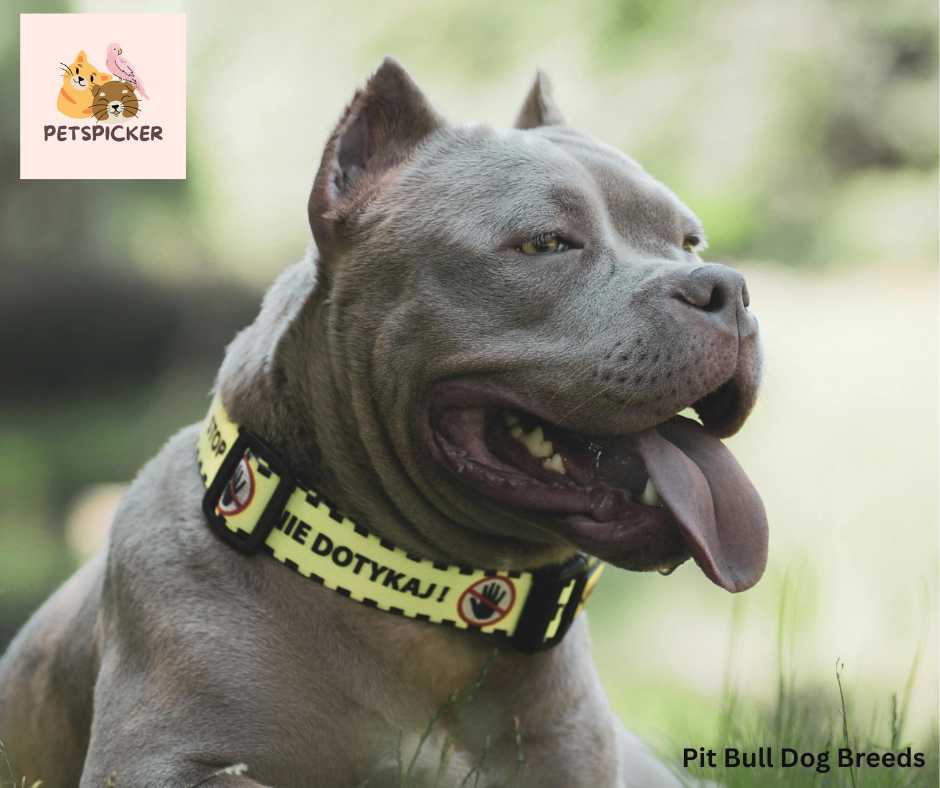
Tip 1: Recognizing Common Physical Features
Search for well-built figures, wide skulls, and powerful jaws. Short hair and strong necks are among the physical features common to pit bull breeds.
Tip 2: Understanding Coat Patterns
Although pit bulls can be of any color, it is good to know that there are some coat patterns such as solid or brindle which are more likely than others.
Tip 3: Evaluating Body Size and Shape
Pit bulls range in size from medium to large with a stocky build usually indicated by heavily muscled shoulders and chests.
Tip 4: Looking at Ears and Tail
Check if their ears stand up or flop down; small-medium sized ears erect on the top part of their heads. Pitbulls may also have short tails that taper towards its end.
Tip 5: Analyzing Facial Structure
Look out for a flat broad skull between their ears on the topmost part where it meets the cheekbone area – should be wider than eye sockets while cheeks bulge with muscles. Additionally, these dogs possess strong square muzzles typically associated with them too!
Tip 6: Examining Paw Size
Medium-sized compact feet having arched toes are what you should expect from these animals’ paws.
Tip 7: Observing Gait and Movement
They move confidently, showing great agility. Pitbulls move purposefully but gracefully when they do so – this is how most people describe them!
Tip 8: Considering Behavioral Traits
Take note of friendliness towards people; being affectionate towards human beings may prove itself important later on if one decides to keep such an animal around him/herself.
Tip 9: Checking Pedigree and Lineage
Checking into pedigree papers would give insight into breed history since purebredness can only be proven through this method hence confirming whether a particular dog belongs among pit bull breeds or not based solely upon its bloodline records alone.
Tip 10: Seeking Professional Opinion
When in doubt, consult with a veterinarian or breed expert. They can offer valuable insights and confirm breed identification.
Note: If you’re unsure, ask a vet or breed expert. They can provide helpful information and confirm the breed.
Misunderstandings and Myths About Pit Bulls
Pit bulls have an undeserved reputation for aggression despite their loving disposition. Awareness combined with responsible ownership will contribute towards dismantling these biases thereby creating room for appreciation of such dependable friends.
Frequently Asked Questions on How to Recognize Pit Bull Dog Breeds
Is it true that all dogs that are muscular and have big heads are pit bulls?
Not really, other breeds may possess similar features although they might also be shared by pit bulls.
Can we identify pit bulls based only on coat color?
No, Pit bull’s coats vary widely and this alone cannot be used as a criterion for distinguishing them from other breeds since some physical attributes as well as behaviors must also come into play during identification.
Do all pit bulls display aggression?
No, there is no inherent aggressiveness in these animals; proper socialization together with training greatly determines a pitbull’s conduct.
Can mixed breeds show pit bull characteristics?
Yes, identification becomes more difficult when dealing with mixed breeds because they may exhibit traits associated with different types of bulldogs or terriers commonly known as pits.
Why should we debunk myths about pit bulls?
Dispelling misconceptions leads to a more inclusive community where everyone cares for each other including pets while at the same time being aware of what is expected from them as owners
Conclusion
Identifying Pit Bull Dog breeds requires careful observation of both physical and behavioral traits. By following these ten tips and dispelling common misconceptions, recognizing and appreciating these remarkable dogs becomes easier.

